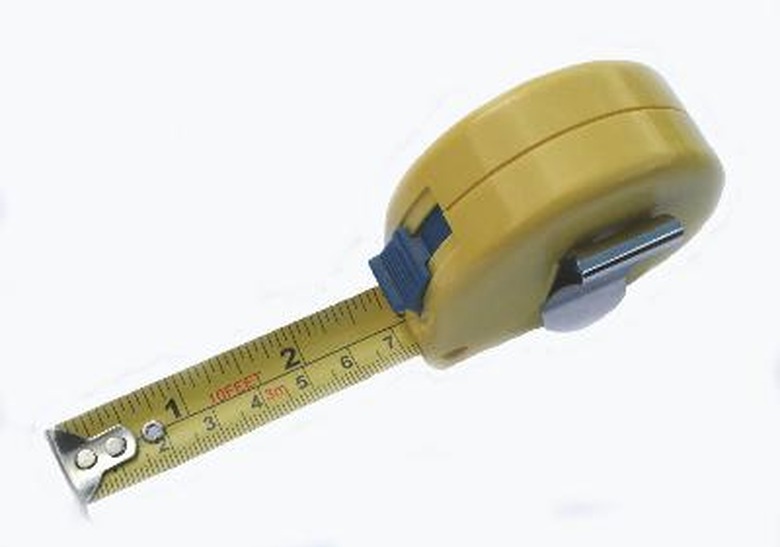How To Measure The Slope For A Paver Patio
Step 1
Insert a stake at both the top and bottom of the patio. Use a hammer to pound in the stakes so they are good and stable. Consider the bottom of the area where water from the paver patio will drain.
Step 2
Tie a string around each stake. The string needs to be tight.
Step 3
Slip a line level on the string and adjust the string so it is level between the stakes. To do this, move the string up or down as needed.
Step 4
- Insert a stake at both the top and bottom of the patio.
- Slip a line level on the string and adjust the string so it is level between the stakes.
Step 5
Determine the amount of slope needed for the size of the paver patio. The slope should be at least 1 inch for each 8 feet of patio. For example a 12-foot patio will need 1½ inches of slope; a 16-foot patio will need 2 inches of slope.
Step 6
Measure the calculated amount of slope down from the string tied to the stake at the drainage end of the patio. Mark this location on the stake with a pencil.
Step 7
Move the string down to the mark made on the stake.
